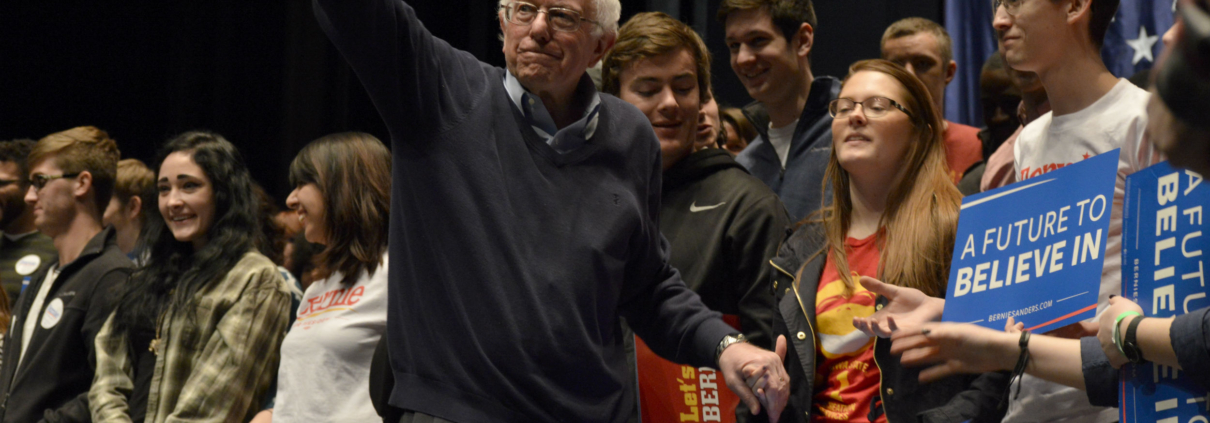The Chips Are Down
Here’s What You Need To Know
Most Americans don’t think about the nation’s supply chain, but recently, they’ve discovered the consequences of its fragility. Shortages on important technology, like microchips, have driven up the prices of everything from cars to computers – if they’re even in stock – and experts predict it will take years for the marketplace to recover. While automobiles and the latest tech gadgets might be top-of-mind for the chip crisis, Goldman Sachs says the shortage has affected at least 169 industries, including the solar sector, household appliances, and even Fido’s grooming.
COVID-19 presented obvious challenges to America’s supply chain, but so, too, did lesser-known factors. These issues, unlike COVID, may persist for years, complicating efforts to replenish our tech materials supply and increasing costs for businesses and consumers. Public policy plays a key role in rectifying the problem, but many in and out of government are skeptical about getting involved. Here’s what industry public affairs professionals need to know.
The Pandemic Exposed Weak Links in Our Supply Chain That Will Take Years To Fix
CORONAVIRUS CHAOS: While the global marketplace screeched to a halt as public safety became the world’s foremost concern, consumer demand for products requiring microchips skyrocketed. Manufacturers did not anticipate the growth in electronic sales, which was the highest in a decade thanks to a new work-from-home reality, as well as limited recreational possibilities during lockdowns heightening demand for “home entertainment gadgets.” Meanwhile, car companies, concerned homebound Americans would curtail demand, canceled microchip orders, only to discover rapidly rebounding sales with pandemic-friendly road trips and an eventual return to normal. But, when they went to place orders for new microchips, they found themselves at the end of the line, behind more profitable sectors. Meanwhile, nationwide lockdowns shut down or reduced activity at key chip production facilities in places like Taiwan, responsible for around two-thirds the world’s microchips, and Malaysia, where a number of German and Japanese firms manufacture semiconductors and related electronic components.
MOTHER NATURE STRIKES SUPPLY CHAIN: The past year also saw “acts of God” disrupting the global microchip supply chain. Texas’s February 2021 winter storms forced Samsung, Infineon, and NXP to shut down their chip manufacturing due to lack of power. Then, a massive drought in Taiwan reduced global production, as chip manufacturers “require[d] voluminous quantities of water to churn out chips” amidst the island nation’s worst water shortage in 56 years. An enormous fire in March 2021 at Renesas, one of the world’s leading auto chip makers in Japan, only worsened the shortage, with executives estimating it would take up to four months to come back online. Just one month earlier, Renesas’s factory had sustained damage from an earthquake.
America’s Microchip Shortage Isn’t Merely Another Painful Byproduct of the Pandemic. It’s Also Policy Consequence.
OFFSHORE TRADE OFF: While Western firms offshoring production of microchips has meant cheaper products for consumers, it also concentrated the supply chain in East Asia, leaving critical materials abroad. Today, Taiwan generates 65 percent of all global revenues for outsourced chips. Just one Taiwanese company, TrendForce, is responsible for more than half of the world’s semiconductor supply, including 80 percent of microcontroller units that direct car functions like power windows, braking, and headlights, and 92 percent of the world’s most sophisticated chips, including 1.4 billion smartphone processors. Since 1990, the U.S. share of global chip manufacturing fell from 37 percent to just 12 percent, even as half of all companies were headquartered in America. The Semiconductor Industry Association says that without significant government intervention, the U.S. will soon only maintain 6 percent of the world’s chip manufacturing capacity.
CHINA READIES FOR DOMINATION: In December 2020, America announced sanctions on China’s largest chip manufacturer over links to the Chinese military. Chinese firms responded by stockpiling chips for their own use – a sign of what looms on the horizon. The Semiconductor Industry Association warns China is on track to become the world’s largest microchip manufacturing location by 2030. An American adversary, policymakers see Chinese domination in the tech market as not only an economic threat to the U.S., but also a major security concern. Today, China controls 40 percent of the world’s back-end manufacturing, and while the country currently lags in new innovation, it is increasingly adept at copying the works of others and has invested heavily in building a domestic semiconductor industry.
President Biden and Congress Want To Help, but Some Legislators and Activists Aren’t So Sure Industry Deserves It
LEGISLATION WITH LEGS: In June 2021, the U.S. Senate passed with a large bipartisan majority the United States Innovation and Competition Act (USICA), a $250 billion bill “designed to boost U.S. semiconductor production.” It contains the CHIPS for America Act, allocating $52 billion for domestic semiconductor manufacturing, including $2 billion for “legacy chips” found in the most common automobiles. U.S. Secretary of Commerce Gina Raimondo estimates that between 7 and 10 new semiconductor plants will be built as a result of USICA’s passage, generating at least $150 billion in private sector investment. The legislation awaits action in the U.S. House of Representatives.
BIDEN WEIGHS IN: After a 100-day review, the Biden Administration offered its list of recommendations for fortifying the semiconductor industry. In its brief, The White House argued the “private sector must take the lead” but said the U.S. government can “facilitate the information flow between semiconductor producers and suppliers and end users.” President Biden says he wants urgent legislative action taken, calling on American corporations to bring their manufacturing home and arguing it would be better for jobs and national security if they did. His administration has also begun mediating talks among chipmakers and the industrial sectors suffering from the shortages, with officials insisting that new transparency measures will make things easier. But, industry leaders say they’re still frustrated by the lack of details or deadlines for production.
SKEPTICS ACROSS THE IDEOLOGICAL SPECTRUM: While industry embraces legislative proposals to address the problem, there are activists raising concerns – and lawmakers are paying attention. Sen. Bernie Sanders (I-Vt.), who voted against USICA, accused lawmakers of giving a bailout to offshoring manufacturers. Environmental activists also expressed worries, complaining that any new manufacturing would lead to more carbon emissions. On the right, Sen. Pat Toomey (R-Penn.) said he opposed the legislation because it was Chinese-style central economic planning, while Sen. Rick Scott (R-Fla.) argued America could not afford more debt. Media outlets and think tanks also spoke out against it, with Reason arguing it was a “massive handout” and the Hudson Institute explaining it would put America at a disadvantage in the long run. Even the business-friendly Wall Street Journal is skeptical it would make a difference.
While some lawmakers and Biden officials want to encourage domestic investments to help address challenges causing chip shortages, others in and out of government are skeptical – upset by industry offshoring in the first place, concerned about industry’s environmental impact, and disinclined toward industrial policy and corporate subsidies. Public affairs professionals will have to understand and navigate this scrutiny to ensure the industry can leverage the policy opportunities to address the shortages and satisfy consumer demand.









